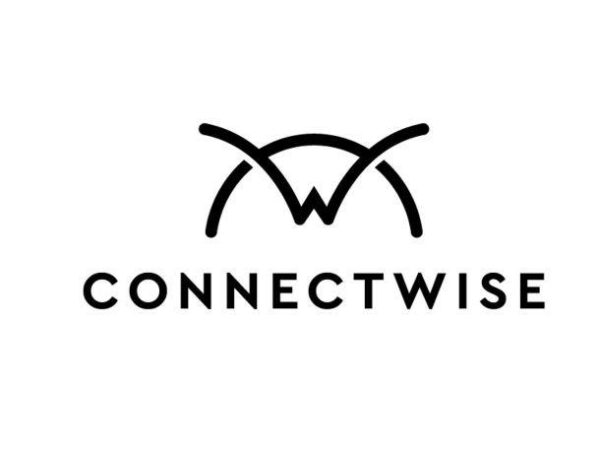There’s a lot of hype around managed IT and if you’re not careful, you might think anybody can do it. The problem is there are plenty of pitfalls. Our March issue includes a virtual panel who respond to an array of IT-related questions, including identifying the most common mistakes dealers make when launching a managed IT business.
“Not having capable technical resources. The support of a managed IT services program requires working knowledge of multicloud deployments, such as public cloud, private cloud, and hybrid implementations, as well as working knowledge of remote worker requirements and integrated platforms such as Microsoft 365 and Google Workspaces and traditional on-premise network infrastructure (A+/Net+ minimum recommended certification). This is especially challenging with the lack of IT talent in the market, so partnering with an MSP to offer managed IT services is often the best route.
“I’d also add not having the right resources to sell the services. The managed IT services sales cycle is different than most. It is a holistic “value-based” driven sale. Having a subject matter expert (SME) and sales role combined requires a specific skill set, as well as a higher-level of knowledge about technology’s role in operating a business. Sales enablement and development also need to be defined and managed by the dealer on a continual basis. This includes sales training, technical competency mapping, and a marketing strategy to attract new clients.” Julie Branc, vice president, product portfolio and customer experience, All Covered, IT Services Division of Konica Minolta
“Launching a managed IT business is not the same as having a copier/print business. Assuming you can use the same models to run both companies will lead to issues. There are so many managed IT tools on the market, so you must do your research and find the tools that will help you provide the best services to your clients at a price that meets your bottom line and their needs. You need to ensure you have clear documentation of processes and procedures in place and hire experienced staff in managed IT services. Finally, you can’t trust that your current copier account executives will automatically begin selling managed IT without a lot of well-thought-out training and a plan of attack in place on who your target customer is.” Melissa Confalone, vice president of sales, Fraser Advanced Information Systems
“The biggest mistake is trying to do too much at once and wanting to sell the clients before having a real program. You need your core partnerships in place and your RMM (remote monitoring management). You need to know your business value proposition and how it aligns with the way you’re delivering the service. It’s not having solid standard operating procedures for some of the basics, like how you’re going to monitor somebody’s network, how you’re going to onboard them, how you’re going to validate what you’re doing for them, and what your billing model looks like. Is it fixed or are you billing for monitoring and then billing for time and materials?
“On the sales side, it’s defining your ideal client profile and how you are attacking them. If it’s a super small business, maybe you’re going to be everything to them, but you also have a lot of education to get them to understand that technology has value and is not just an expense. When you get into the medium-business space, you’re probably not going to be everything to them. They probably have some form of IT. So, how do you co-manage IT, how do you draw the boundaries, and how do you make sure that you’re providing the service you’re supposed to but not doing what you’re not getting paid for?” Patrick Layton, vice president, managed IT services, Impact Networking
“I believe dealers think that it will automatically solve their recurring revenue issues. It is a long process, first deciding whether you should do it in-house or outsource. Outsourcing is a choice that mitigates some of the investment risks for a dealership.” Anthony Sci, president and CEO, Keypoint Intelligence
“The most common mistakes are investment, commitment, and destination. A dealer needs to treat this like its own business entity with its own financial statement and its own goals. Start with the destination in mind. We would suggest taking an approach that the MSP business will create X-amount of MRR, therefore adding accretive value to my business of Y. The dealer needs to invest. Think of it in terms of adding an additional copier line. It is that type of investment. Finally, commitment— from the top down, you need to plan, encourage, celebrate success, and adjust as you make your journey. Our product-agnostic group, IT Nation Evolve, was built to help make MSPs better. They can help with the roadmap.” John Schweizer, vice president of channel sales, ConnectWise
“When you launch anything new, it needs to be treated as a start-up business. Starting a managed IT business requires organized effort and the right resources to be successful. Some important components include:
- Business Plan
- Budget
- Resources
- Buy/Build/Partner Evaluation
- Leadership
- Vision
I see many copier dealers who fail at IT because they took a “let’s try it” approach instead of implementing a true strategic roadmap.” Greg VanDeWalker, senior vice president, IT channel and services, GreatAmerica Financial Services and Collabrance LLC
Access Related Content
To become a subscriber, visit www.thecannatareport.com/register or contact cjcannata@cannatareport.com directly. Bulk subscription rates are also available.




